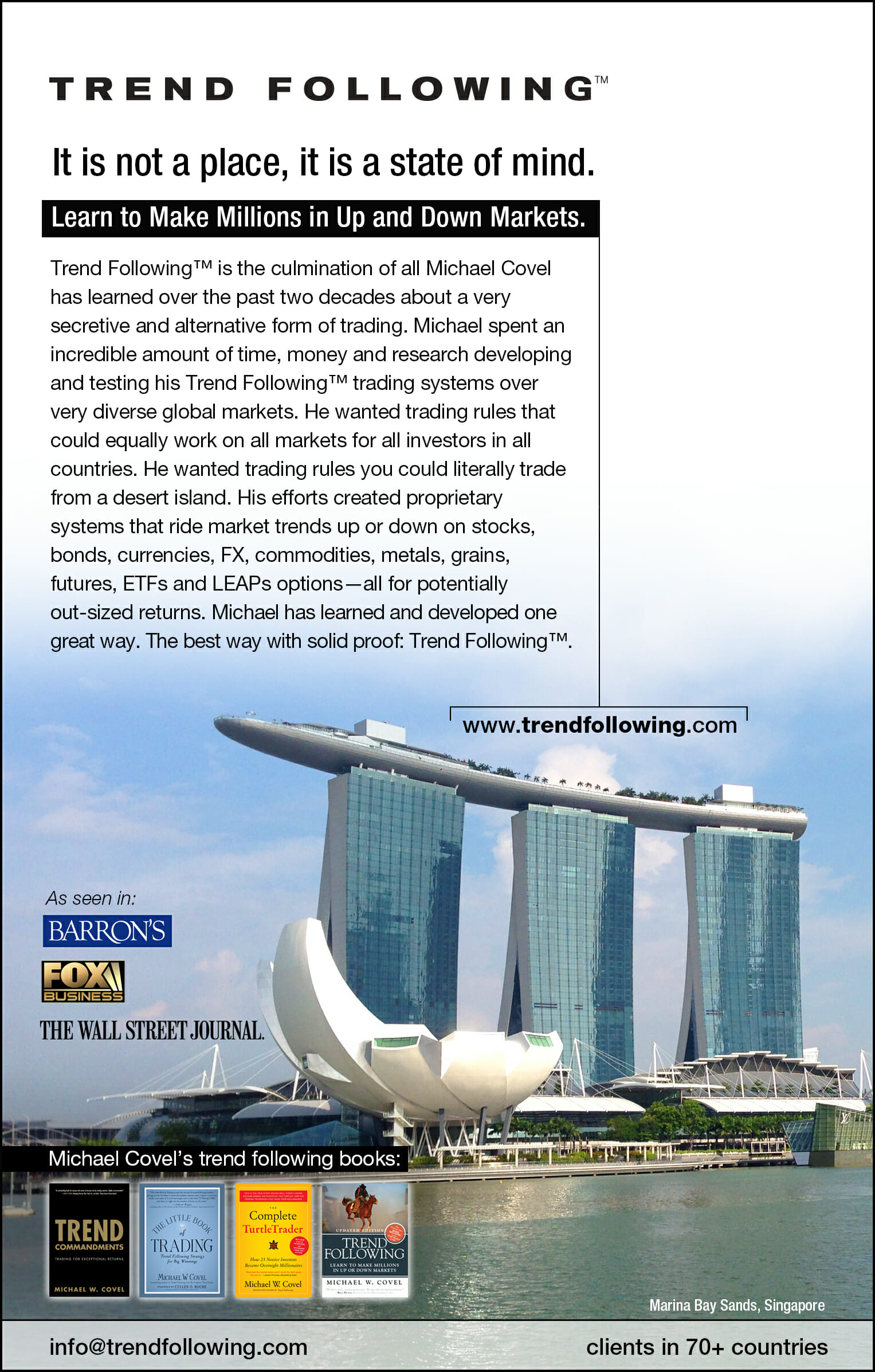- Working (l28) found a tendency for reversals in wheat prices during the 1927-40 period. He attributed these reversals to scalping and day trading.
- Brinegar (/29), investigating wheat, corn, and rye futures, also found evidence of price reversals over short differencing intervals. In addition, he found evidence of price continuity over longer time intervals.
- Brinegar, C.S., (1954), A Statistical Analysis of Speculative Price Behavior, Food Research Institute Studies, Vol. 9, Supplement, 1970.
- Houthakker (/30) investigated the profitability of various stop order trading rules for wheat and corn futures. He concluded that price changes in these markets were not purely random.
- Houthakker, H.S. (see reference 7).
- Smidt (/31) tested the efficiency of the soybean market during the 1952-61 period and found evidence of negative serial correlation in prices. Using a filter rule, Smidt also showed that abnormal profits could be made even after commissions.
- Smidt, S., (1965), A Test of the Serial Independence of Price Changes in Soybean Futures, as reprinted in Peck (see reference 9), pp. 257-277.
- Stevenson and Bear (/32) employed both filter tests and formal statistical tests to corn and soybean futures price. They found significant negative dependence for differencing intervals of one and two days and positive dependence over intervals longer than five days. In addition, some of their filter rules yielded profits superior to a buy and hold strategy.
- Stevenson, R. and R. Bear. (See reference 9).
- Labys and Granger (/33) applied statistical tests to a number of futures contracts in the 1950-65 period. They concluded that most of the contracts followed a Martingale process.
- Labys, W. and C. Granger, (1970), Speculation, Hedging, and Commodity Price Forecasts, Heath Lexington Books, 1970.
- Leuthold (/34) used trading rules and statistical tests to investigate the live cattle market. The trading rules yielded significant profits even after commissions while the statistical tests rejected the independence hypothesis in 17 of 30 contracts.
- Leuthold, R.M., (1972), Random Walk and Price Trends: The Live Cattle Futures Market, Journal of Finance, Vol. 27, pp. 879-889.
- Cargill and Rausser (/35) employed several statistical tests to various commodities between 1962 and 1972 and found considerable evidence of non-random behavior.
- Cargill, T.F., and G. Rausser, (1972), Time and Frequency Domain Representation of Futures Prices as a Stochastic Process, Journal of American Statistical Association, Vol. 67, pp. 23-30.
- Mann and Heifner (/36) used non-parametric tests to examine nine different commodities in the 1959-71 period. They found significant positive correlation between daily closing prices for 90% of the contracts.
- Mann and Heifner (see reference 11).
- Martell and Helms (/37) tested transaction to transaction price changes for a number of commodities and found strong serial correlation.
- Martell, T.F., and B.P. Helms, (1978), A Reexamination of Price Changes in the Commodity Futures Market, International Futures Trading Seminar, Vol. %, Chicago Board of Trade, pp. 136-159.
- It is apparent that most of the previous empirical studies have found some evidence of price dependence, which usually took the form of negative serial correlation over short differencing intervals. However, this is not necessarily surprising. As Smidt (/38) has pointed out, prices are not expected to be perfectly independent or there would be an absence of speculators in the markets to act as risk undertakers for hedgers. He argued that one should expect to find systematic tendencies in price movements, which are just strong enough to attract traders in the activity of eliminating them.
- Smidt, S., (1968), A New Look at the Random Walk Hypothesis, Journal of Financial and Quantitative Analysis, Vol. 3, pp. 235-261.
Trend Following Products
Review trend following systems and training:

More info here.
